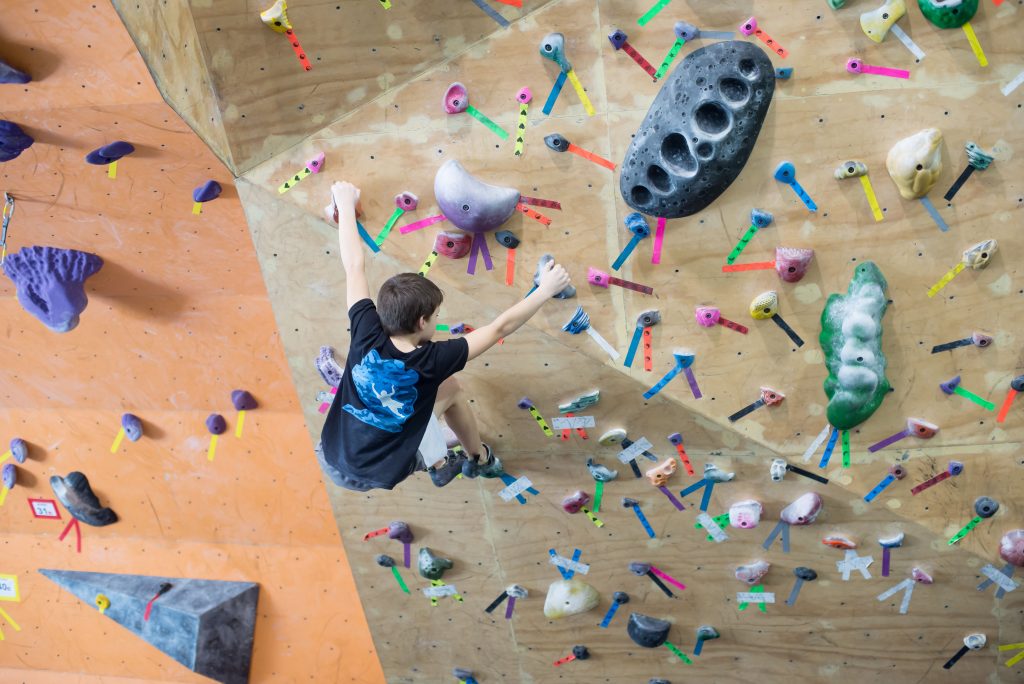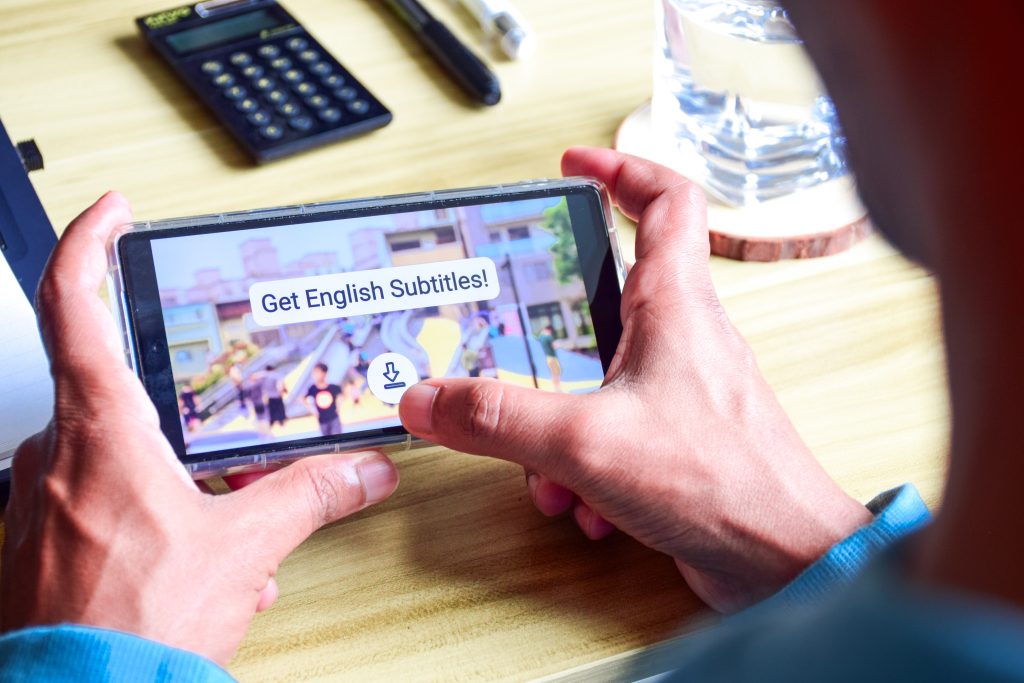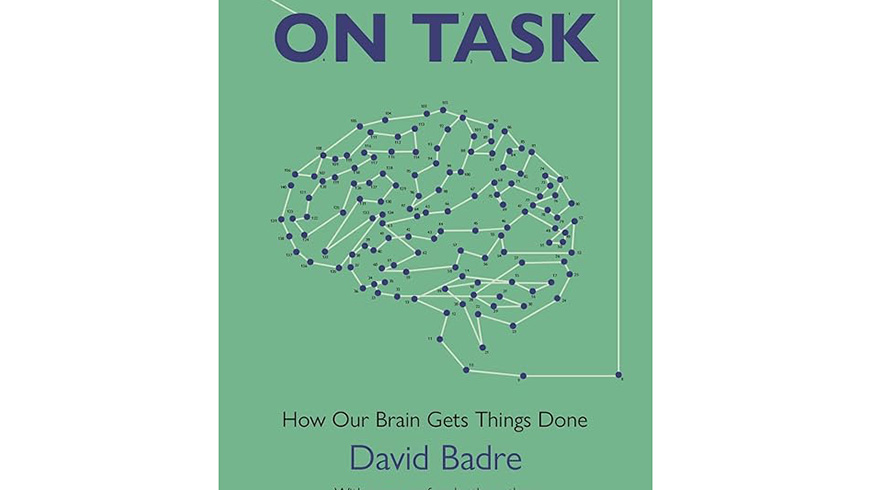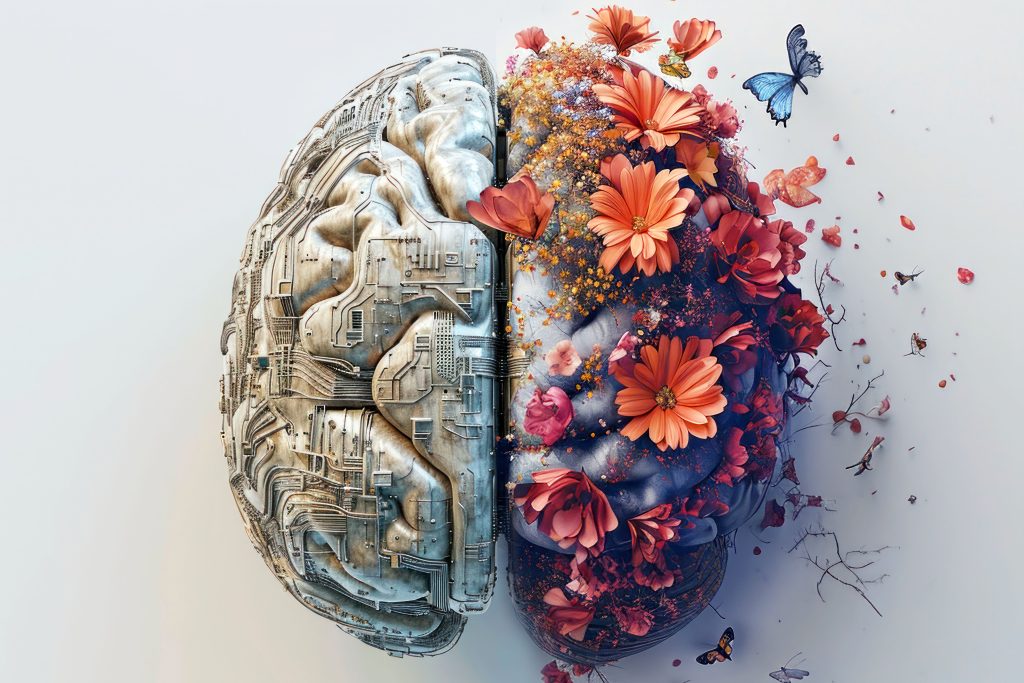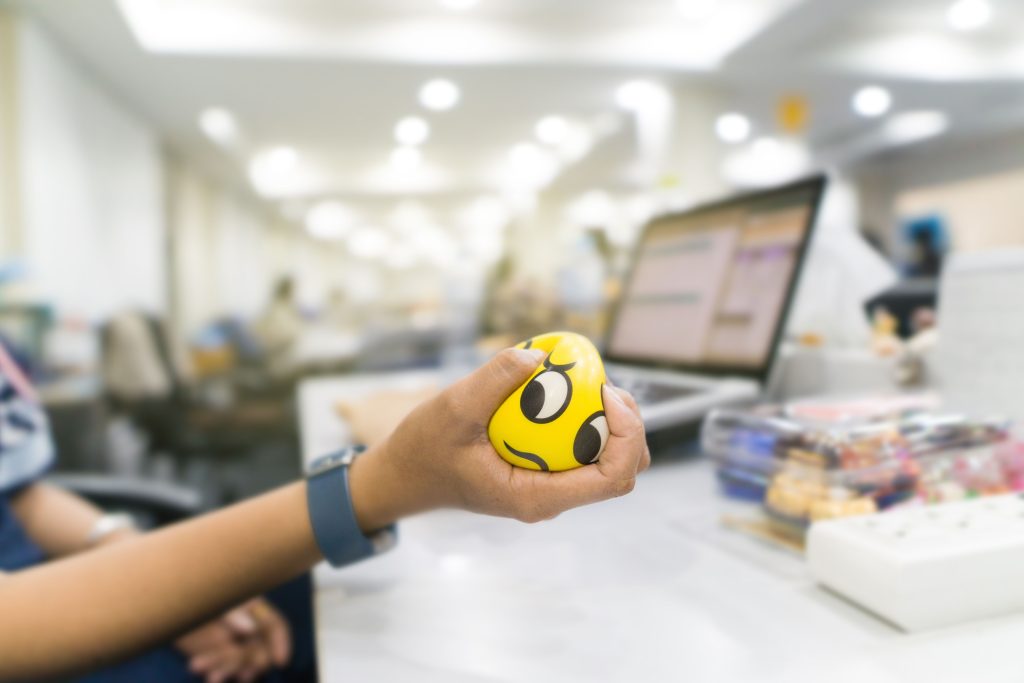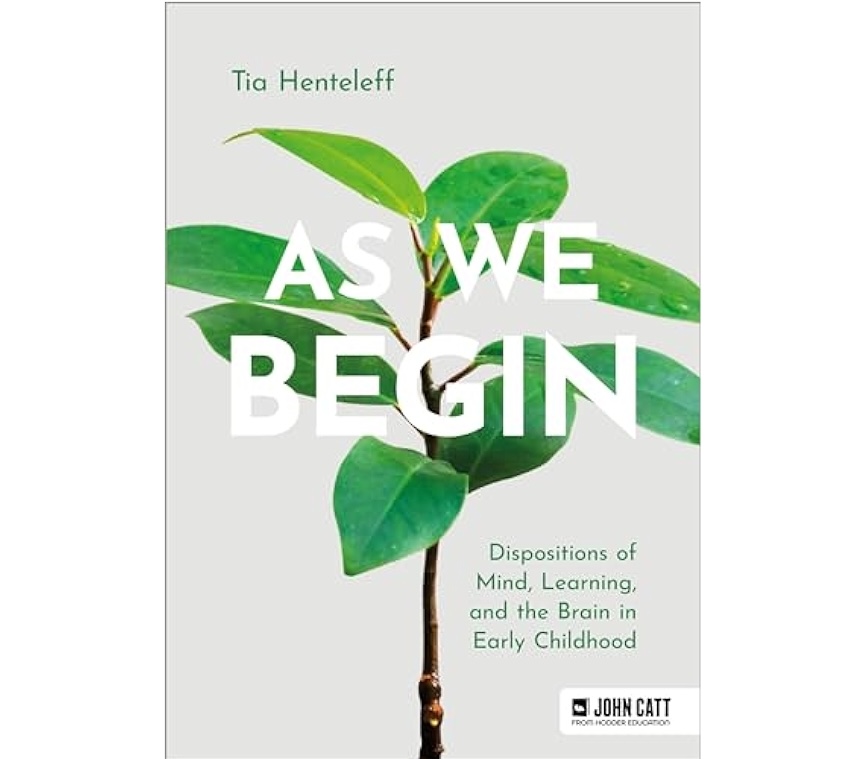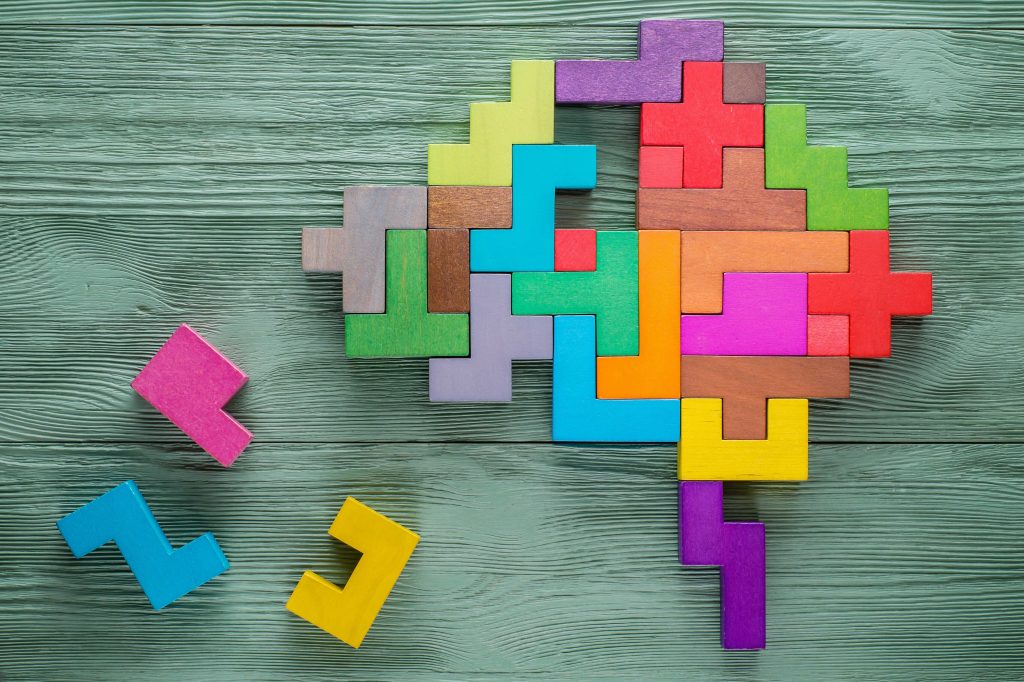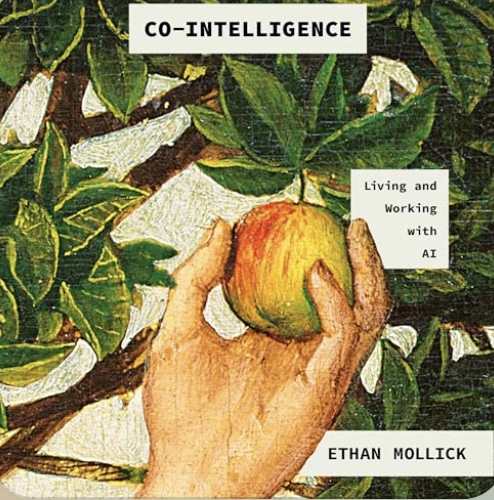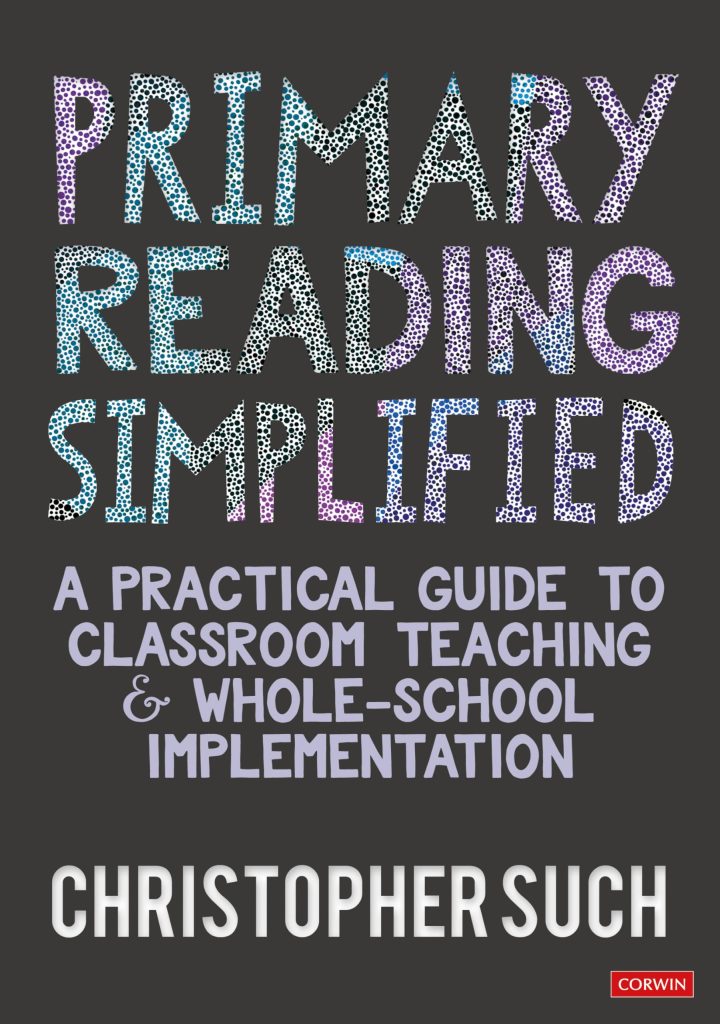Learning and the Brain Blog
Let's imagine that I -- a 10th grade classroom teacher...
Teachers often hear that we should divide students into different...
If you've watched educational videos lately, you've probably noticed that...
I’ve been staring at my to grade pile—essays, exams, books...
When I first started teaching -- it's been a few...
I would LOVE to write the following blog posts: Playing...
Few topics lead to greater despair at Learning and the...
The US Department of Education recently released a video on...
There’s a line quoted in Tia Henteleff’s As We Begin...
Teachers and school leaders turn to research -- in part...
Imagine for a moment that I'm coaching college baseball. I've...
This interdisciplinary field draws on expertise from many different branches...
When a conference speaker announces that "a student's emotions matter...
The first time I caught a student using ChatGPT to...
Today's guest book review is by Kim Lockhart. Finding a...



